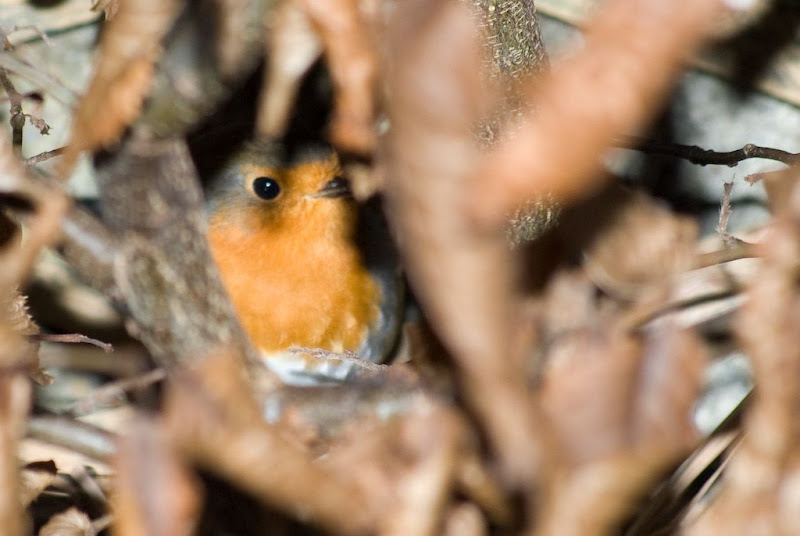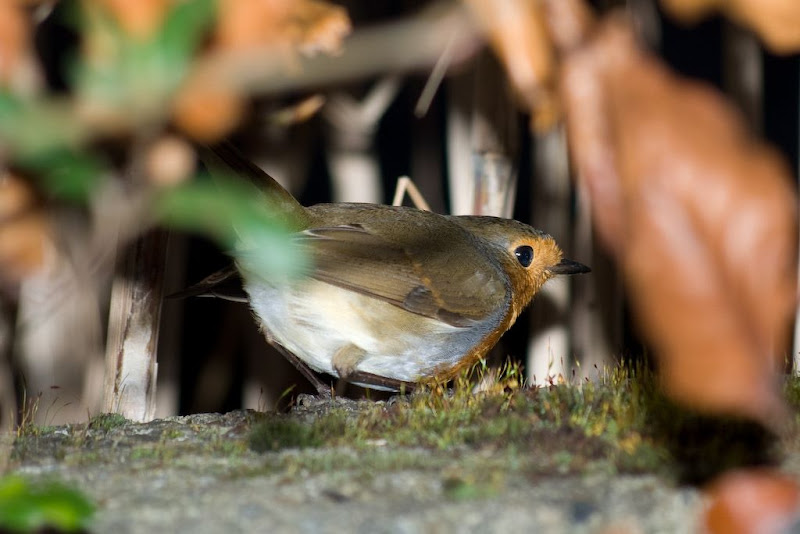It takes a lot of effort to go out in the Cold when you could just stay in the house and have a Christmas drink...
But I did postpone the drink, and wander out. It's small steps, saw the compound angle where the sheer strakes meet the stem. (Mark it out twice and check it again)
Break the edges of the sheer strakes with a block plane cause I am sick of splinters.
Tidy up a notch or two on the frames.
Now I'm nearly ready to steam the sheer strakes and bend them into place.
The chines rested on the frames, that made it easy to put them in place. The sheers will be underneath the frame notches. I am trying to decide if I should screw short battens to the bottom of each frame to rest the sheers on while I bend them into place, or just use cord slings.
Battens are more work up front, easier to bend the sheers in place, but will be in the way when I go to bevel the notches.
Slings may be too slow to get right when the sheer is cooling off from the steamer.
Battens first, then replace them with slings ?
As usual, lots of ancillary work makes the primary job go smoothly. If you ever see a craftsman work, and wonder how he does it all so easily, ask him, how much preparation has gone in that you didn't get to see !!!
Sunday, December 28, 2008
Saturday, December 27, 2008
Christmas Helpers
I was cleaning up the glue joints on my sheer strakes, when an old helper came along to supervise. He simply watched, approvingly, I presume, as he passed no scathing comments.
The joints came out just fine. A little work with a plane and the two pieces of wood just merge into one and other.
He used to drop along when I was digging the garden path and the stone circle. I guess he still associates me with upturned soil and worms.
I did manage to capture my supervisor on film....


The joints came out just fine. A little work with a plane and the two pieces of wood just merge into one and other.
He used to drop along when I was digging the garden path and the stone circle. I guess he still associates me with upturned soil and worms.
I did manage to capture my supervisor on film....


Monday, December 22, 2008
Tuesday, December 16, 2008
Kitchen Glue Up
It's cold and wet, and I don't have a 20' long shed.
So how do I glue up the sheer strakes ?
In the kitchen of course. After the toddlers have toddled off to bed, I dragged the parts into the kitchen and glued them up. Of course this meant leaving an 18 foot long stick, complete with clamps, lying in the kitchen over night.
4 am comes and the littlest one awakes on cue. So I wander down to get her night time bottle, and duly trip over my glue up. No major worries, it's got enough clamps to hold the titanic together. And since this is a PU adhesive, it's tighter than a ducks...
Then at 6:30 the next morning, I have to get it out of the kitchen before I go to work.
Out through the window, since it will no longer fit around the corner to go out the back door.
The neighbours must certainly wonder what that "Crazy Fool" was doing wandering around the garden with a head torch at 6:30am and dragging a long stick out through the kitchen window.
Sunday, December 07, 2008
Remote Control Vac
I didn't spend a fortune on a shop vac that switches on when it senses the current drawn from your power tools. Switching it on and off is a PITA. Leave it running an you kill the motor. Leave it of and you poison your lungs.
I came across this tip in a wood working magazine (can't remember which one - sorry)
For less than €20 you can buy a remote control plug adaptor. Plug this into the wall, plug the vac into this, and a small pocket remote switches your vac on and off.
Perfect. Keep the remote in you pocket and you have no climbing back and forth around the shed to fire up the sucker. (pun intended - sorry)
Longer Sticks
It's hard to find 16' oak. And harder to transport it ! So for the sheer strakes, I had to build some longer sticks. I built the traditional Scarf Jig.
As you can see it's a 2x4 to clamp the oak too, and a guide rail for the circular saw.
The 2x4 was not square (who would have thought it?) so I had to set the saw at a slight angle to make a square cut. For once easier done than said.
Here you can see the four cuts. Not bad for a first try.
I need to tidy up the saw burn, but otherwise, happy days.
The view from above. As with everything preparation is 90% of the work, actually cutting the wood took seconds 8-)
As you can see it's a 2x4 to clamp the oak too, and a guide rail for the circular saw.
The 2x4 was not square (who would have thought it?) so I had to set the saw at a slight angle to make a square cut. For once easier done than said.
Here you can see the four cuts. Not bad for a first try.
I need to tidy up the saw burn, but otherwise, happy days.
The view from above. As with everything preparation is 90% of the work, actually cutting the wood took seconds 8-)
As always the question, Epoxy or Balcotan Marine PU ? It's a nice smooth flat surface, that I can clamp good and tight and it will be above the water line. I'm leaning towards Balcotan PU. The test peice that I glued together with balcotan and left out in the weather, left in the shed, and generally abused is still holding strong.
Gluing it straight is just means I need something to clamp it too.
Subscribe to:
Posts (Atom)



